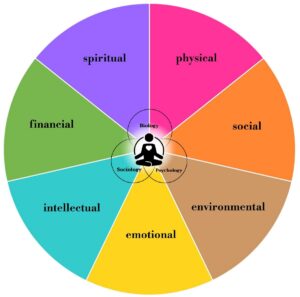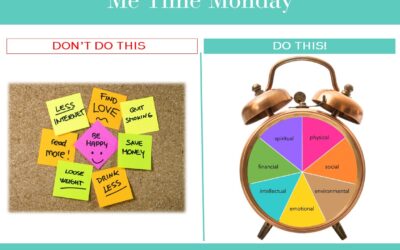Sustainable happiness is found in our relationship with place.
Richard Louv “The Nature Principle”
In recognition that May is both Older Americans Month and National Mental Health Awarness Month, there is a relatively new term in mental health called “solastalgia” that has to do with older loved ones who are living at home or what is known as aging in place.
Solastalgia, which derives from the Latin word solacium, meaning comfort (or the English language derivative solace) and the root word algia from the Greek word algos (which means pain), is used to describe homesickness felt by older adults even when they are in their homes. Originally presented by Australian environmental philosopher Glenn Albrecht in the early 2000s, it has come to describe the unique mental anguish caused by living with the experience of negative environmental change.
Often this anxiety, despair, and trauma is associated with a traumatic events such as natural disasters including floods, fires, earthquakes; but also societal change such as increased neighborhood crime, urban development such as a beautiful home that was once in a tree-lined or nature-filled street is now located next to a strip mall or highway. It can also mean one of the depressing side of aging such as the loss of old friends in neighborhood or loss of a spouse or partner making home life lonely.
Solastalgia sounds similar to nostalgia but they are very different. Nostalgia is missing something you are removed from but you can return to it either physically or through reminiscence and these memories are pleasant and comforting. Solastalgia is the experience of chronic trauma, longing, or hopelessness due to change that you cannot control and which is making your home, your neighborhood or community which was once a sanctuary now feel like a distressing place.
Signs of Solastalgia in Older Adults
For family caregivers concerned about their older loved ones, the symptoms of solastalgia can also be signs of other issues making it hard to distinguish that the issue is solastalgia. For instance, anger or outbursts, anxiety, depression, despair, restlessness, fatigue, feeling unsafe, grief, hopelessness, loss of identity are all signs of solastalgia but can also be associated with other health or life course issues. These symptoms are also similar to post-traumatic stress disorder (PTSD) which is caused by a traumatic event, but with solastalgia that traumatic event is clearly associated with change in the home environment.
What can help?
Albrecht says embracing soliphilia – the love of our “place relationships” is key. Often this requires some therapeutic help whether through teletherapy at home or visting a therapist who specializes in cognitive behavioral therapy (CBT) which is a type of talk therapy based on the idea that a person’s thoughts, emotions, and behaviors are all interconnected. Gero psychologists and counselors prioritize self-care, pro-social behavior and creating new social networks, as other ways to help a loved one overcome solastalgia.
Family caregivers can help a loved one by identifying positive outcomes of an unexpected and traumatic change. For instance, if there was a house fire that destroyed the kitchen, focus on engaging your loved one in creating a dream kitchen that they always wanted. The key is to guide your loved one to look to the future rather than dwell in the past and to have gratitude for survival rather than what they have lost.
If a neighborhood or local community has changed to the point where it does not support your loved one’s health and safety needs, such as higher crime or increase pollution and traffic and lack of beauty in the local environment, maybe this is the time to have the discussion about alternative living options that would bring a renewed lease on life.
Solastalgia is another example, along with nature deficit disorder and other psychological and emotional health tied to our environments that proves true wellness requires the balance of the 7 Wellness Elements identified in our Me Time Monday Program. Learn more here.





0 Comments